What is it?

Why would I buy the Bajaj Pulsar NS160?
A practical sporty commuter, the engine feels surprisingly refined, cheap spares
Why would I avoid the Bajaj Pulsar NS160?
No rear disc brake, longevity issues
The Bajaj Pulsar NS160 is yet another example of brand segmentation. It is Bajaj’s entry-level premium commuter motorcycle that looks like its elder sibling, the Pulsar NS200, but isn’t priced like one. It has been launched to draw some sales away from the segment leader, the Yamaha FZ 2.0 and also from the Suzuki Gixxer and the Honda CB Hornet 160R.
How is it to ride?

For starters, the Pulsar NS160 is built on the same platform as its 200cc brother, the Pulsar NS200. So, it is constructed around the famous perimeter frame with an identical sub frame which is also the case with most of the body parts. The wheelbase of the NS160 stands at 1363mm, just like the Pulsar NS200. The length, width and the height have minute deviations due to skinnier tyres. All of this just means that the Pulsar NS160 has inherited the most important character –the handling. The NS160 is an expert in quick turns, feels very composed and despite being the heaviest in the segment, it manages to generate a lot of excitement around the corners. At first, the skinnier MRF tyres give out a bad impression, but the rubbers perform well even in the wet conditions.

Even with the sporty seating triangle, the NS160 proves to be a good commuter. The rear-seat rider foot-pegs mean that there’s more than enough place for the knees to rest, even for a 6.2ft tall rider like me. The seat is firm and offers the right support for short sprints. However, if you involve in touring with this bike, you will be marginally disappointed due to the ache that comes in after continuous riding. The position of the rider foot-pegs hangar isn’t configured rightly due to which the ankles are pushed out. The ride on the NS160 is taken care of by telescopic front forks, which gets thinner tubes as compared to the NS200 and a monoshock at the rear. This setup is tuned fantastically to balance out the commuting and sporty experiences.

Let’s talk about the most impressive aspect of this bike, the engine. The 160cc single-cylinder motor is air-cooled with an oil-cooler. It churns out 15.5bhp at 8500rpm and a peak torque of 14.6Nm comes in at 6500rpm. With brisk acceleration, and a surprisingly refined one, this motor is quite impressive. In fact, it is also very tractable, thanks to the oodles of torque in the low and mid-range. This Pulsar manages to do a 30kmph in fifth gear and that too with a 100kg rider on it. In third gear, the bike can be easily ridden at 20kmph, something that is usually seen on entry-level commuters. The five-speed gearbox has been engineered to match this performance. The first two gears are short to take care of the city riding, and the rest are configured tall for the right fuel economy. This is evident from its city fuel efficiency of 43kmpl. The NS160 feels at home between 80kmph and 90kmph. However, the engine runs out of breath as you get close to the red line. The vibrations are well contained. In fact, it comes only after the revs climb from 7500rpm and can be felt on the handlebar and the seat.

The NS160 gets its braking power from a 240mm disc in the front and 130mm drum at the rear. Just like the other Bajajs, the power, feel and bite are just right. However, the inclusion of a rear disc brake variant would have been an excellent step.
Anything else I should know?

Like mentioned above, most of the cycle parts on the Pulsar NS160 are carried down from the Pulsar NS200. The most noticeable ones are the instrument cluster, backlight switchgear, seats, rear-view mirrors and also the number plate holders. The headlamp unit and the turn indicators have also been borrowed from the 200cc sibling as well. The only way to differentiate the NS160 from the NS200 is through the presence of the NS160 sticker on the tank shrouds, different paint schemes, skinnier tyres and thinner front fork tubes.
Should I buy one?

The Pulsar NS160 is the perfect bike if you’re in the market for an easy-to-live-with premium commuter motorcycle. It also offers a good doze of performance, styling and features and not to forget the service cost and the very accessible spares. All these aspects make the Bajaj Pulsar NS160 a value-for-money bike to own.
Where does it fit in?

At Rs 78,368, the Bajaj Pulsar NS160 is the third most affordable bike in the segment. The first one, the TVS Apache RTR 160 is priced at Rs 76,575 while the Suzuki Gixxer stands second at Rs 77,015. The Yamaha FZ-Fi and the Honda CB Hornet 160R are the most expensive at Rs 81,040 and Rs 81,863 respectively. All are ex-showroom Delhi.
Photography by Kapil Angane
Gallery
1/50
Bajaj Pulsar NS160 First Ride Review
Double Tap to Zoom











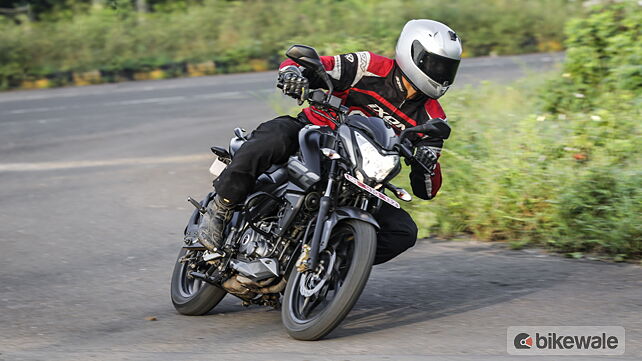












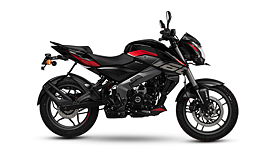
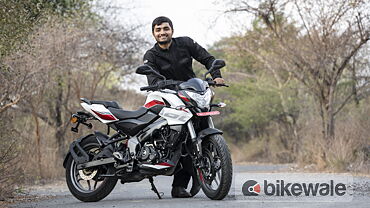



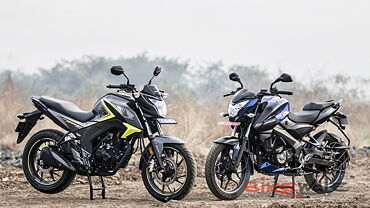
















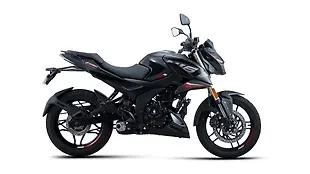
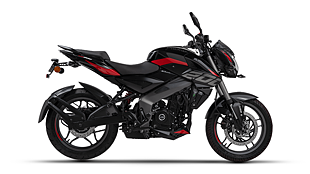
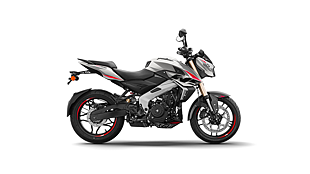





![KTM 390 Adventure X [2025] KTM 390 Adventure X [2025]](https://imgd.aeplcdn.com/272x153/n/cw/ec/190885/390-adventure-x-2025-right-side-view.jpeg?isig=0&q=80)